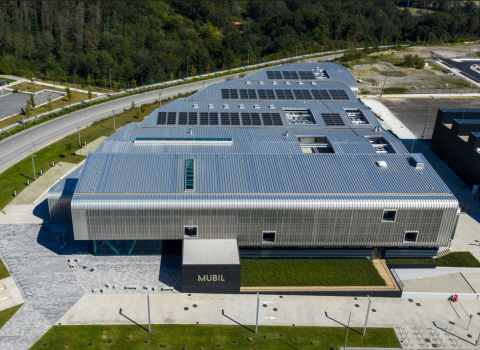
Computer-enhanced image of Viverravus acutus jaw constructed from data produced by the new microscope. The small carnivorous mammal lived around 50 million years ago.
The X-ray microscope which can produce three-dimensional internal
pictures of an object by taking a large number of two-dimensional
images from different angles – a technique known as X-ray
microtomography.
The unique feature of the new technology is that it combines with time delay integration, approach that enables the microscope to produce clearer and bigger pictures than previously possible by averaging out imperfections in the image across all pixels.
The microscope’s potential uses include studying how bone and tooth tissue behave in conditions such as osteoporosis, osteoarthritis and tooth decay. It can also be used to observe how crude oil is held in sandstone pores and investigate the mechanical behaviour of metals at a microscopic level.
Jim Elliott of Queen Mary, University of London, who led the project, said the microscope could contribute to development of more reliable, more resilient and lighter materials for use in construction, aviation and the storage and transportation of dangerous substances. It could also offer detailed study of fossils embedded in rocks without having to remove and risk damaging them.
The three-and-a-half year research project also involved experts in electronic engineering, physics, biophysics, chemistry, anatomy, materials science, dentistry, veterinary medicine and engineering from Cranfield University, Imperial College London, the Royal Veterinary College, the University of Manchester and the University of Southampton. The original idea for the technology came from Graham Davis, School of Medicine and Dentistry at Queen Mary.


 A unique international forum for public research organisations and companies to connect their external engagement with strategic interests around their R&D system.
A unique international forum for public research organisations and companies to connect their external engagement with strategic interests around their R&D system.